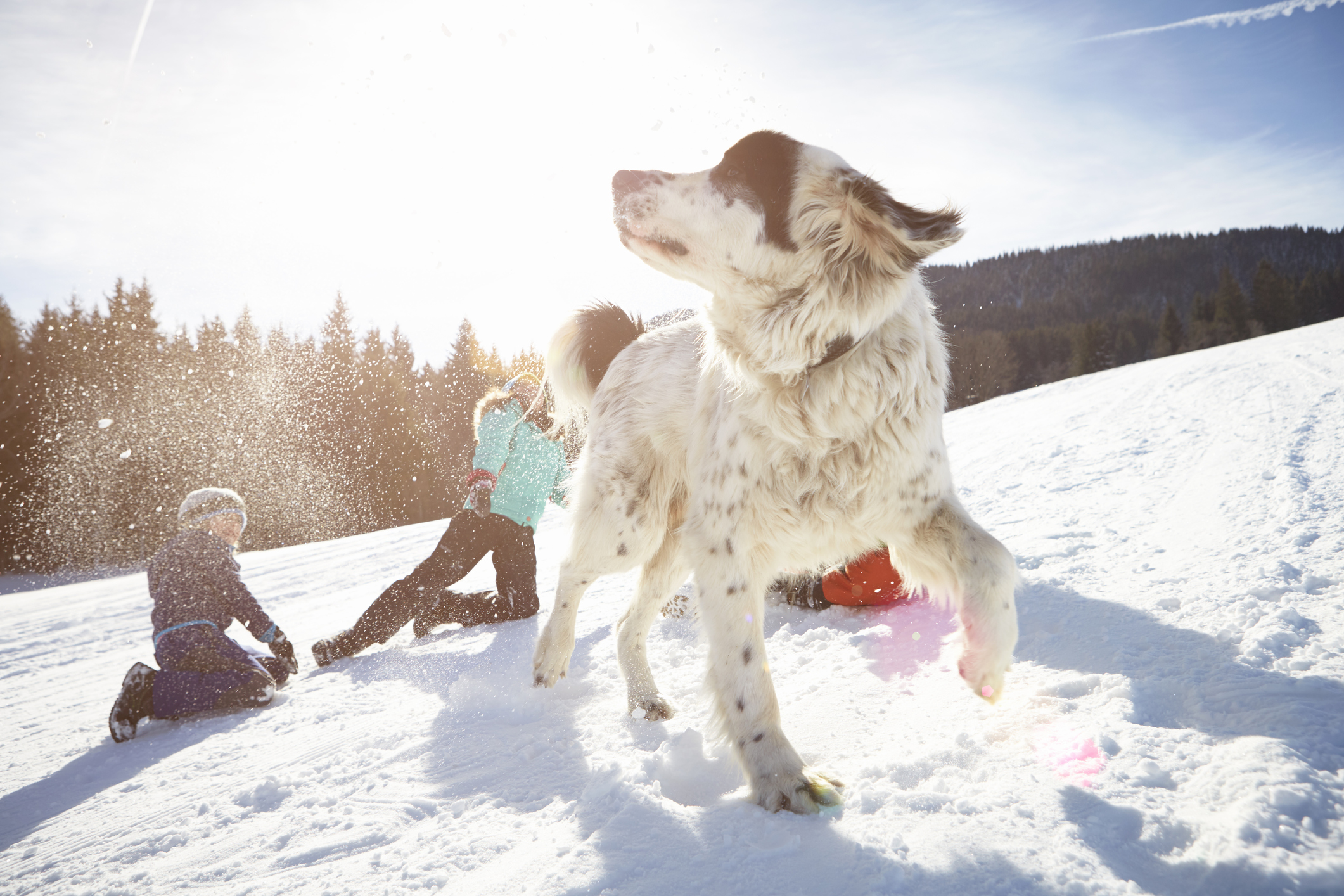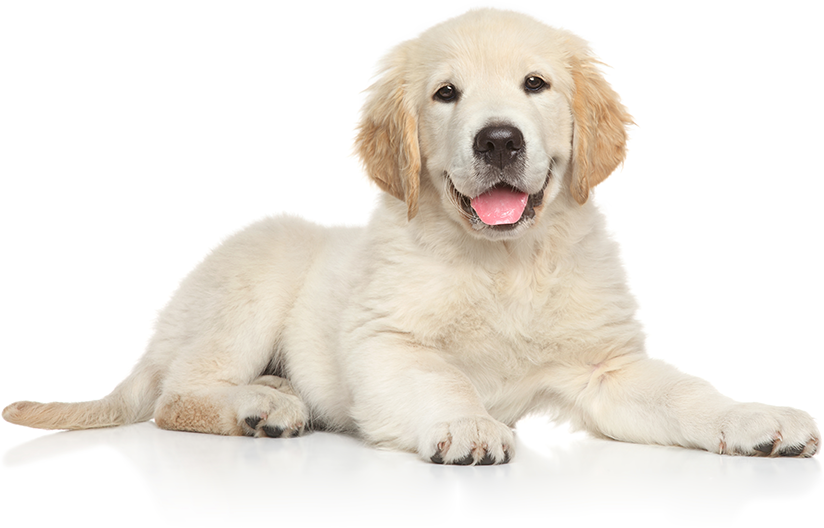
Dec 30, 2021 | By, For Pet's Sake
Cold weather tips to keep your pets healthy and safe
It’s easy to assume your pet’s hair can keep them warm during the winter like the coats in your closet keep you cozy. That’s partially true because their furry coats insulate them and protect them from chilly wind. However, there are several factors that can affect their comfort level during the winter. Neglecting to care for your pet properly in cold weather can quickly turn a romp in the snow into a visit to the veterinarian.
Outside temperature
Temperatures above 45 degrees Fahrenheit are generally safe for pets. Anything below that should make you pause and think about what kind of dog you have. How thick is their coat? What color is it? How much do they weigh? How old are they? These are questions that will help you determine your pet’s limits in terms of weather. Wind chill and dampness can also significantly affect your pet’s comfort level. Anything below 20 degrees Fahrenheit is the danger zone for hypothermia or frostbite.
Can pets catch a cold during the winter?
If you notice your pet sniffling or sneezing during the winter, it’s possible they have contracted an infection. Only a veterinarian can verify this, and you may want to rule out seasonal allergies. However, it’s possible for your pet to “catch a cold,” so to speak, although it’s not caused by the human cold virus. You also don’t need to worry about spreading your cold to your pet if you get sick.
Their coat
Maybe skip your pet’s regular haircut during the winter, or trim them to avoid dragging long hairs through the ice, salts and chemicals on the ground. Bath time isn’t as necessary either because too much washing can remove essential oils that prevent dry skin.
Caring for their paws
Unless your dog enjoys wearing booties, their paw pads serve as the only barrier between them and cold snow. Ice might break and pose a risk of cutting your pet, while salt, de-icers, and antifreeze are harmful and potentially toxic to pets. You don’t want them to ingest something poisonous when they lick their paws, so make sure to keep a towel around to wipe them off when they’re done outside.
Make sure you keep some paw balm around the house to moisturize your pet’s pads. Booties and jackets are also helpful accessories if your pet will allow you to dress them. Keep your time outdoors brief, and if you must play outside, do so vigorously to maintain a high body temperature.
A word about outdoor cats
Outdoor cats are better suited to handle the elements on their own, but they still need the basics of shelter, food, and water. Don’t rely on your pet to find these. They should always have a home base. Even if you don’t have an outdoor cat, you can help community cats by building a shelter and offering fresh food and water. Also, be aware that cats may choose to sleep under your vehicle for warmth. Make noise and tap on your vehicle before hopping in the driver’s seat to alert any sleeping animals that you are about to move.
Ways to exercise your pet on cold days
Sometimes, it’s just too cold to enjoy the outdoors with your pet. Never fear, you can still work off their extra energy by playing fetch or tug-of-war inside, providing mental stimulation through puzzles, creating an obstacle course, or simply throwing treats in different directions to entice your pet to run.
Keep in mind that diabetes, heart disease and kidney disease can prevent an animal from regulating their temperature and handling cold weather, so you’ll need to take extra care if your pet has been diagnosed with any of those health conditions.
Have a question about pet health? Want to become the best possible pet parent? Find helpful tips, reminders, and insight to giving your furry friend the best possible care with For Pet’s Sake! Learn more at drdevonsmith.com.

